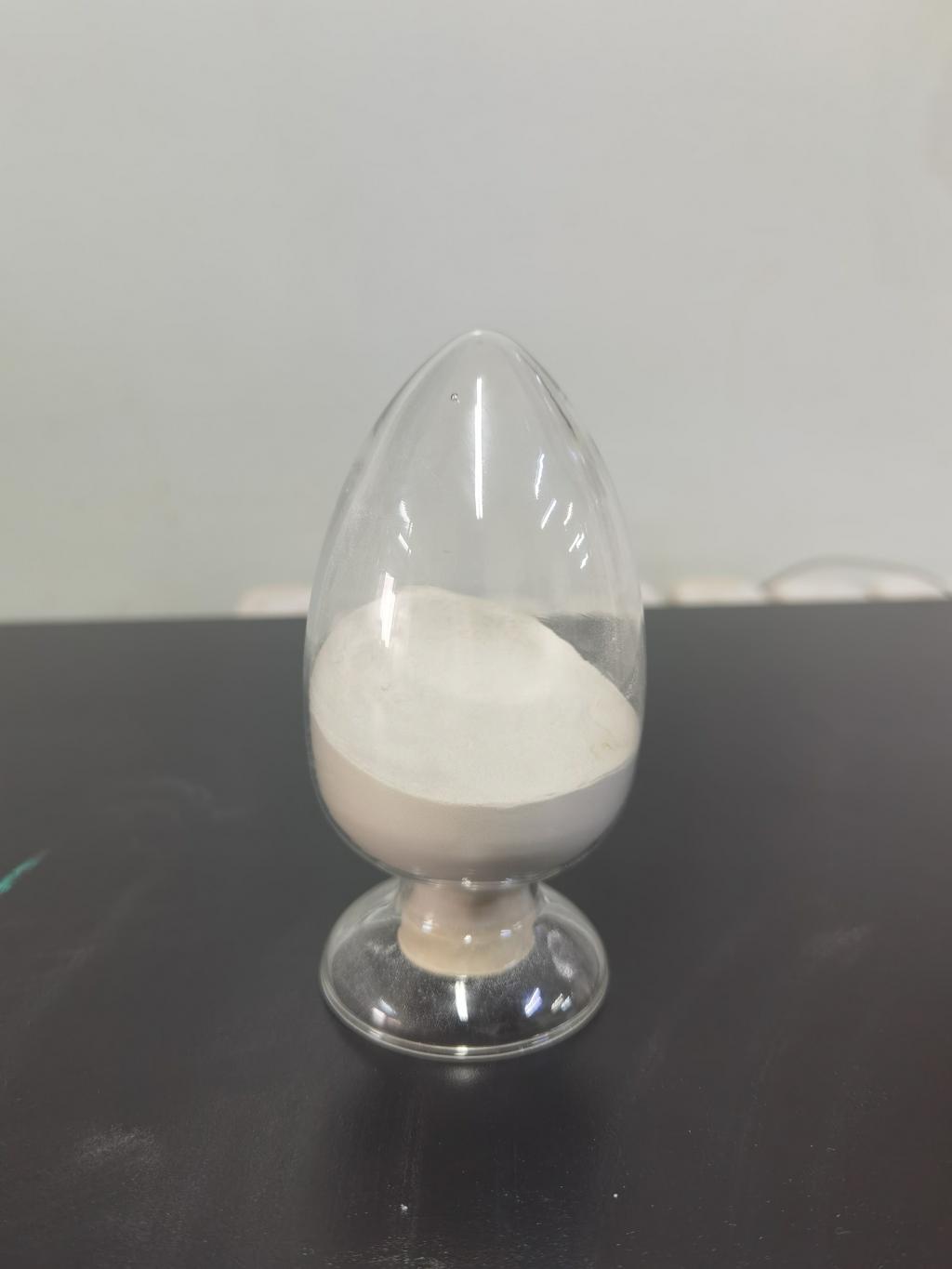Tel:+8618231198596

News
 CONTACT
CONTACT
 CONTACT
CONTACT
- Linkman:Linda Yao
- Tel: +8618231198596
- Email:linda.yao@dcpharma.cn
- Linkman:CHARLES.WANG
- Department:Overseas
- Tel: 0086 0311-85537378 0086 0311-85539701
News
Current Position:
Home >
News
>Nisin's Synergy with Sustainable Seafood Practices: A Win for Ocean Health
Nisin's Synergy with Sustainable Seafood Practices: A Win for Ocean Health
TIME:2024-03-05
Nisin: An Eco-Friendly Antimicrobial Agent:
Nisin, derived from the bacterium Lactococcus lactis, is renowned for its antimicrobial properties. Widely used in the food industry for its ability to inhibit the growth of spoilage and pathogenic bacteria, Nisin stands out as an eco-friendly alternative to traditional preservatives. Its natural origin aligns with the growing demand for sustainable and environmentally friendly solutions.
Sustainable Seafood Practices:
Sustainable seafood practices encompass a range of principles aimed at ensuring the long-term health of marine ecosystems and the well-being of fish populations. This includes responsible fishing methods, aquaculture practices, and efforts to minimize the environmental impact of seafood production. Certification programs such as the Marine Stewardship Council (MSC) and Aquaculture Stewardship Council (ASC) play a crucial role in promoting sustainability within the seafood industry.
Synergy between Nisin and Sustainable Seafood Practices:
a. Preservation of Freshness: Nisin's antimicrobial properties can contribute to preserving the freshness of seafood products. By inhibiting the growth of bacteria that cause spoilage, Nisin helps extend the shelf life of seafood, reducing the likelihood of waste and the need for excessive fishing to meet demand.
b. Reduction of Antibiotic Use in Aquaculture: In aquaculture, where the risk of bacterial infections is high, antibiotics have often been used to maintain fish health. The integration of Nisin in aquaculture practices offers a natural alternative to antibiotics, reducing the environmental impact associated with the overuse of these substances.
c. Minimization of Food Waste: Nisin's role in preserving seafood freshness aligns with the broader goal of reducing food waste. By extending the shelf life of seafood products, the integration of Nisin contributes to minimizing waste throughout the supply chain, from harvesting to consumption.
Potential Benefits:
a. Conservation of Fish Stocks: Sustainable seafood practices aim to maintain fish populations at levels that allow for natural replenishment. The use of Nisin in preserving seafood aligns with this objective by reducing the pressure on fish stocks, ensuring that harvested species are utilized efficiently without compromising their long-term viability.
b. Eco-Friendly Aquaculture: The integration of Nisin in aquaculture practices supports the transition towards more eco-friendly and sustainable methods. By reducing reliance on antibiotics and synthetic preservatives, aquaculture operations can enhance their environmental stewardship and minimize the ecological footprint associated with seafood production.
c. Consumer Awareness and Demand: As consumers become more environmentally conscious, the adoption of sustainable seafood practices, coupled with the use of natural antimicrobial agents like Nisin, can attract conscientious consumers. This increased demand for sustainably sourced and preserved seafood further incentivizes responsible fisheries management.
Challenges and Considerations:
a. Regulatory Approval: The integration of Nisin in seafood production may require regulatory approval to ensure its safety and effectiveness. Collaborative efforts between the food industry, regulatory bodies, and scientific communities are essential to establish guidelines and standards for the use of Nisin in seafood.
b. Cost Implications: Implementing sustainable seafood practices and incorporating Nisin may incur additional costs for producers. A comprehensive cost-benefit analysis is necessary to assess the economic viability of this integrated approach and its impact on the seafood industry.
c. Consumer Perception: Despite the potential benefits, consumer acceptance of Nisin-treated seafood may pose a challenge. Communicating the safety and sustainability aspects of Nisin and addressing potential misconceptions are essential for fostering consumer trust.
Case Studies and Success Stories:
Exploring case studies and success stories from seafood producers that have successfully integrated Nisin into their sustainable practices can provide valuable insights. These examples can showcase the feasibility of combining natural antimicrobial agents with responsible fisheries management, paving the way for wider adoption across the industry.
Conclusion:
The synergy between Nisin and sustainable seafood practices presents a promising avenue for promoting ocean health and responsible fisheries management. By addressing issues such as overfishing, antibiotic use in aquaculture, and food waste, this integrated approach aligns with the global commitment to sustainability. While challenges exist, collaborative efforts between the food industry, regulatory bodies, and consumers can contribute to a future where seafood is not only safe and high-quality but also environmentally responsible, supporting the health and resilience of our oceans.
- Tel:+8618231198596
- Whatsapp:18231198596
- Chat With Skype







